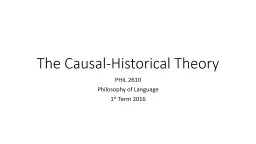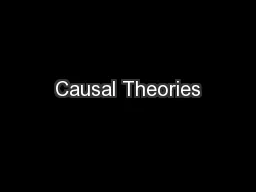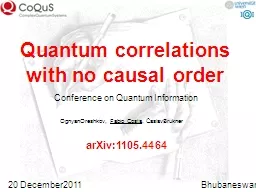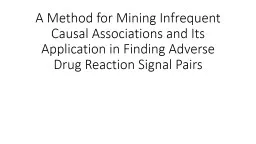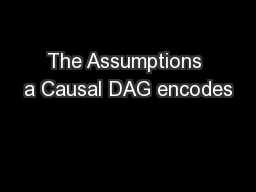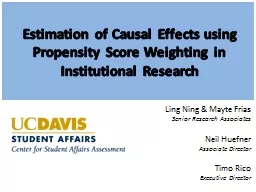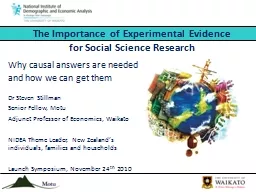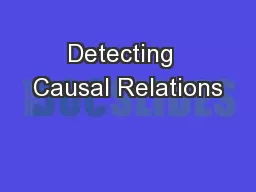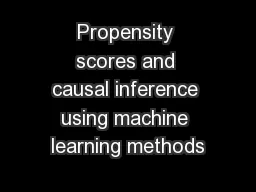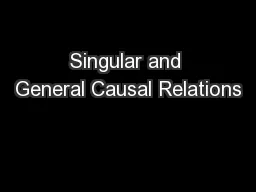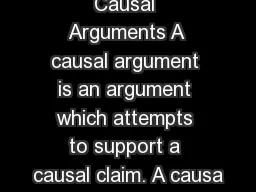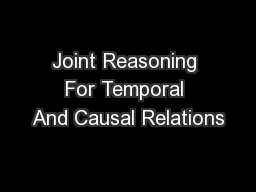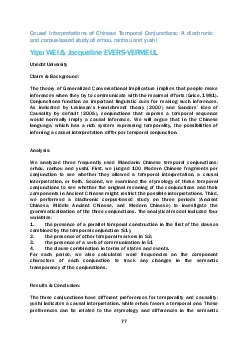PPT-The Causal-Historical Theory
Author : trish-goza | Published Date : 2017-04-09
PHIL 2610 Philosophy of Language 1 st Term 2016 Classical Descriptivism Representation Words thoughts have meanings They are about things Why do words for example
Presentation Embed Code
Download Presentation
Download Presentation The PPT/PDF document "The Causal-Historical Theory" is the property of its rightful owner. Permission is granted to download and print the materials on this website for personal, non-commercial use only, and to display it on your personal computer provided you do not modify the materials and that you retain all copyright notices contained in the materials. By downloading content from our website, you accept the terms of this agreement.
The Causal-Historical Theory: Transcript
Download Rules Of Document
"The Causal-Historical Theory"The content belongs to its owner. You may download and print it for personal use, without modification, and keep all copyright notices. By downloading, you agree to these terms.
Related Documents

